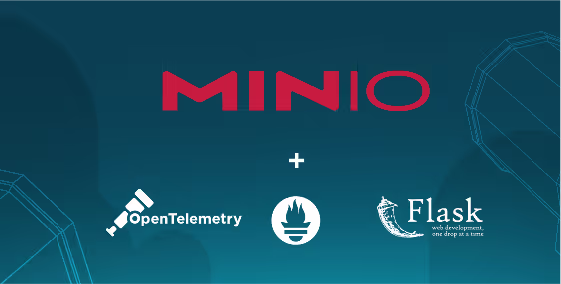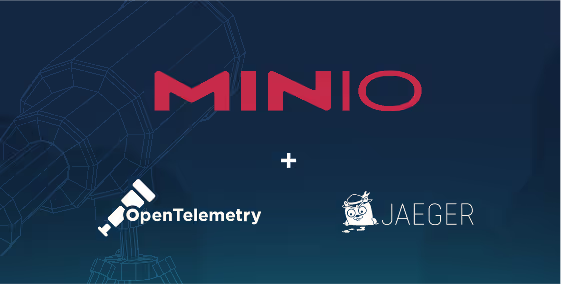The MinIO AIStor Observability feature was designed specifically for the challenges of managing large-scale data infrastructure. With object-level granularity and awareness of the entire hardware stack, it delivers mission-critical information to those who need to keep the world running smoothly. From metrics, logs, traces and health checks, MinIO institutionalizes its experience managing exabytes of data infrastructure into a simple, yet powerful solution that monitors infrastructure at a granular level.
MinIO's observability solution provides bucket level visibility as well as network visibility - identifying hidden bottlenecks and helps operations teams learn the key application behavior patterns - facilitating decisions on where best to run those workloads.




















